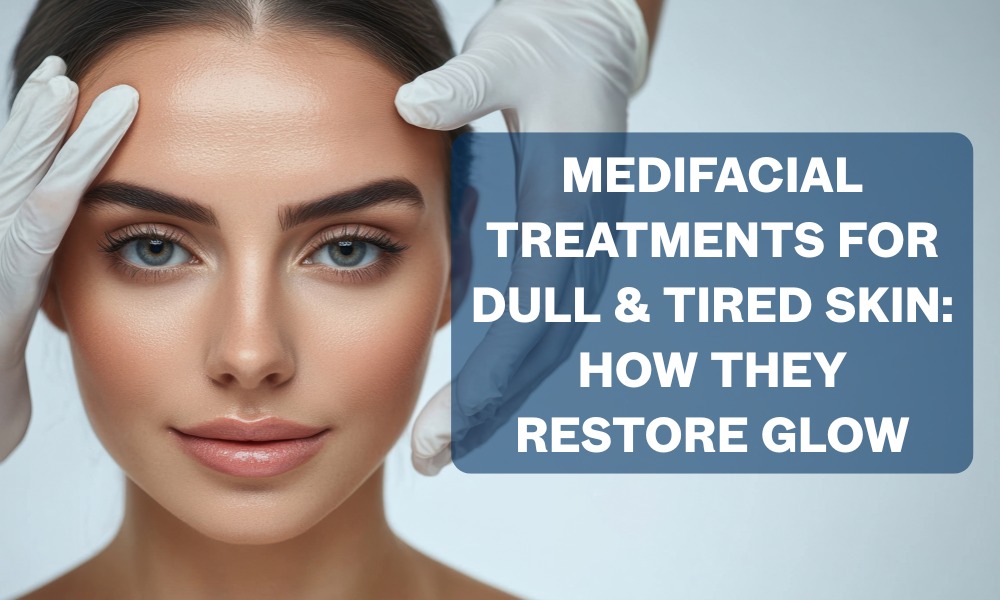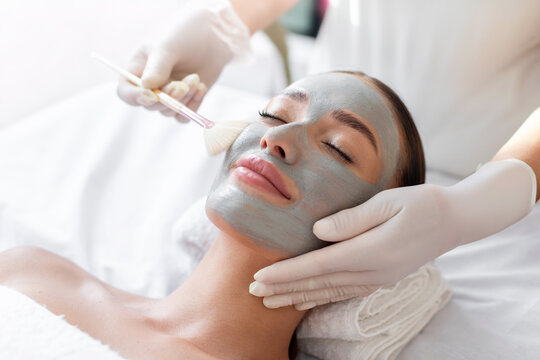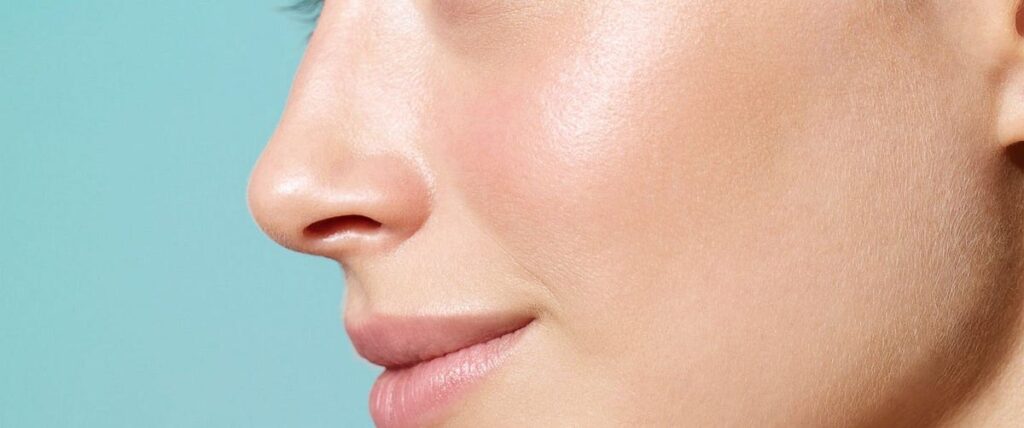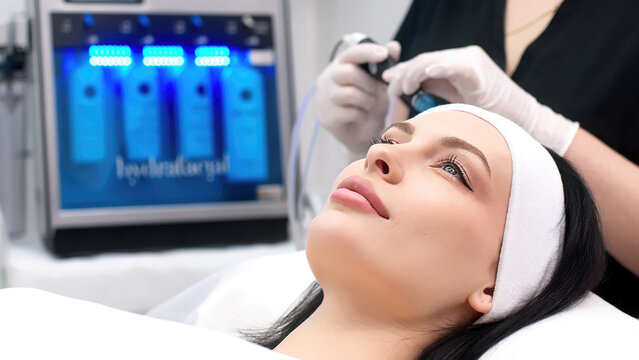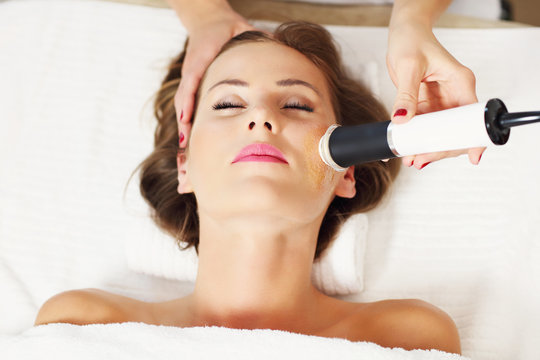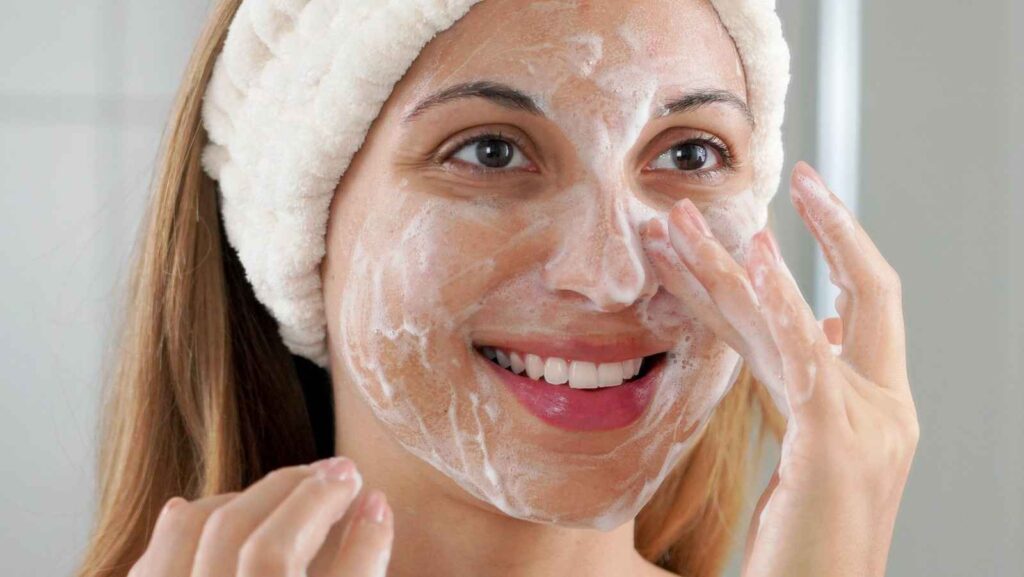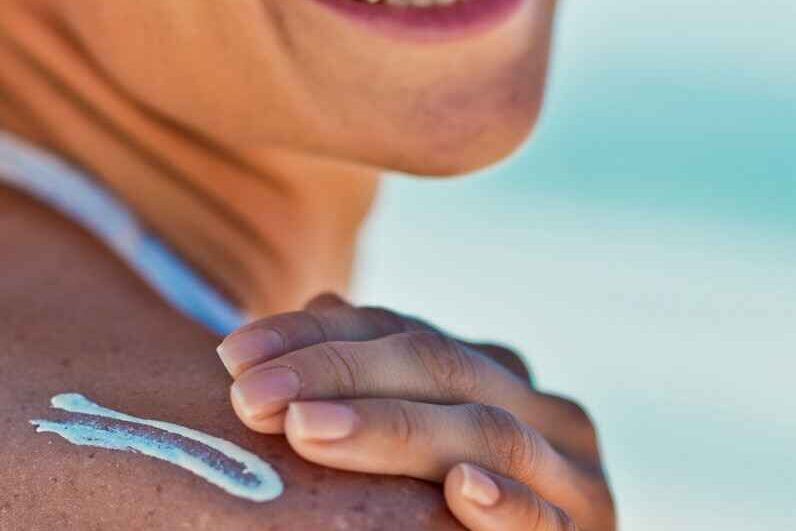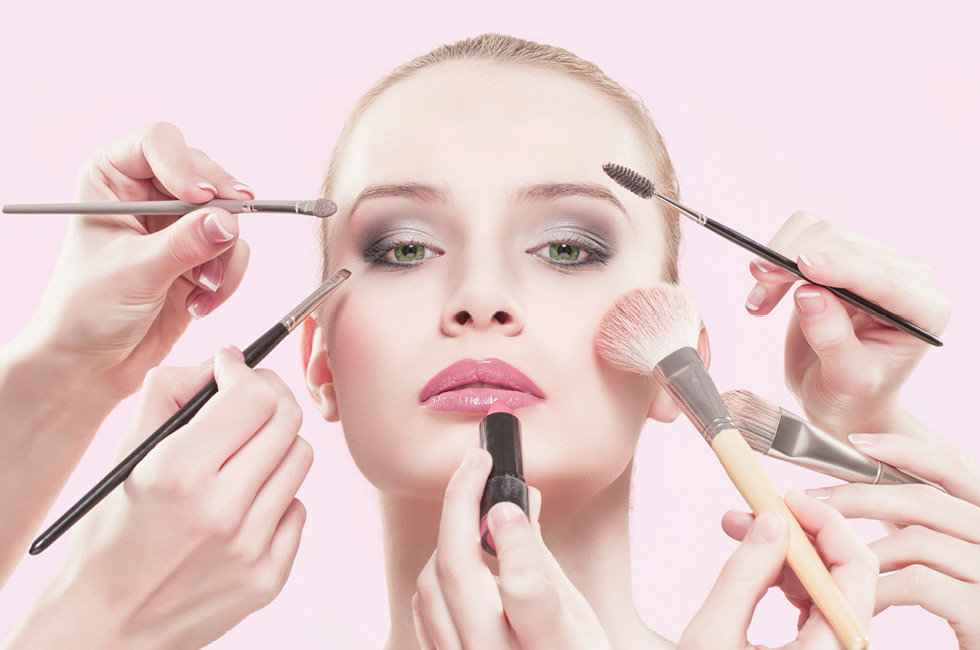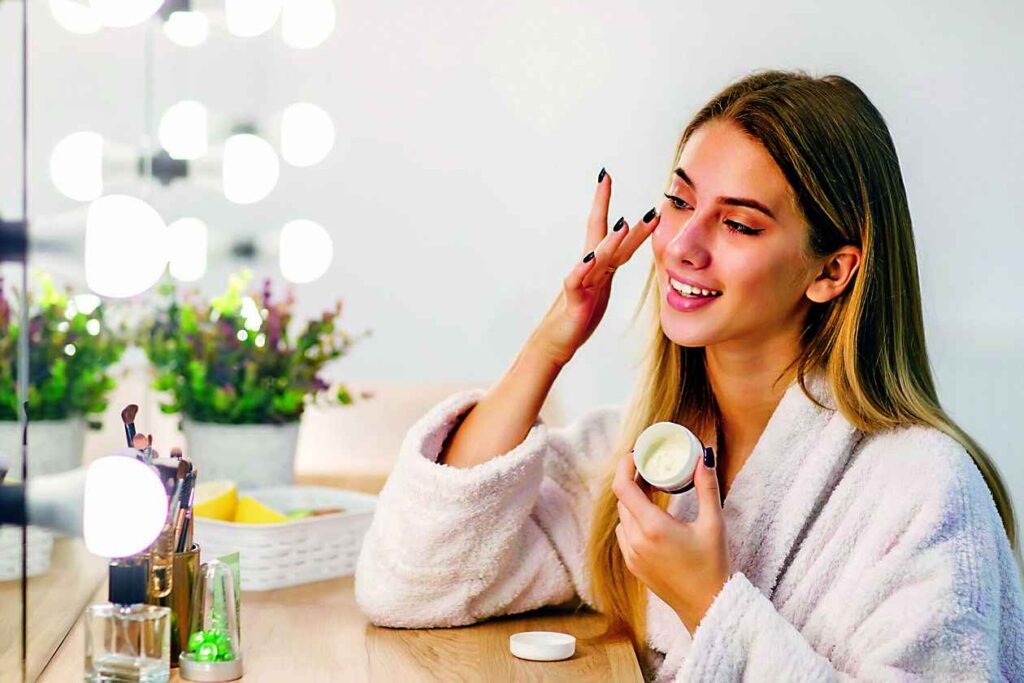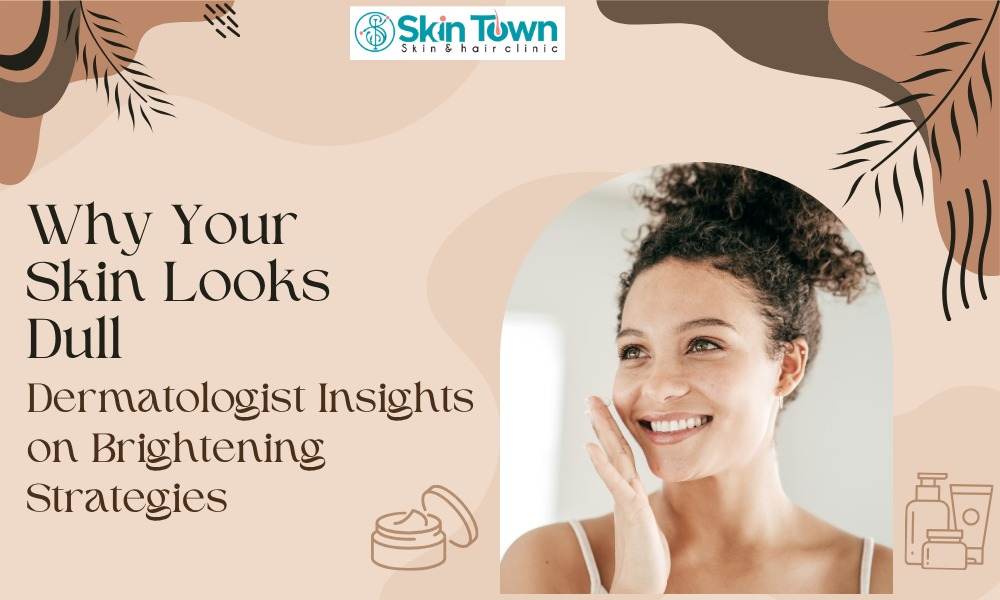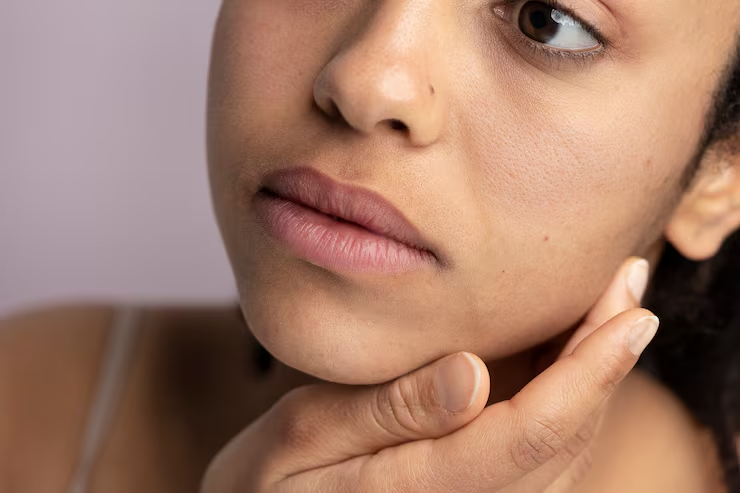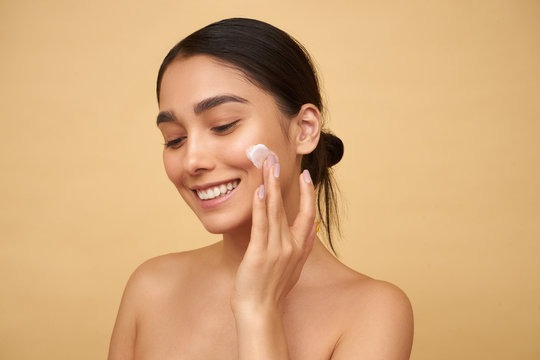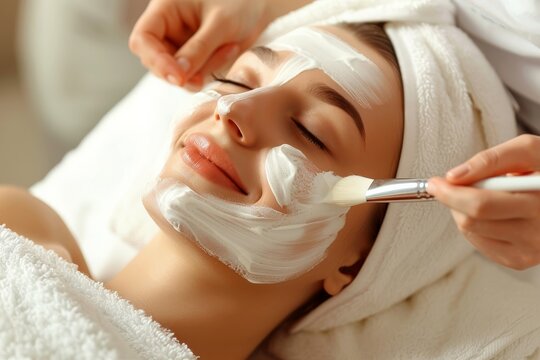Dull, tired-looking skin is one of the most common concerns I see in my dermatology practice today. Long working hours, stress, pollution, lack of sleep, poor diet, sun exposure, and improper skincare routines all take a toll on the skin. Over time, the skin loses its natural glow, appears uneven, dehydrated, and starts showing early signs of aging.
This is where medifacial treatments play a transformative role. Unlike regular salon facials, medifacials are medical-grade procedures performed under a dermatologist’s supervision, using advanced technologies and clinically proven ingredients. At Skintown Clinic, skin specialists near Dadar, medifacials are customized based on your skin type, concerns, and lifestyle to restore radiance safely and effectively.
What Are Medifacial Treatments?
Medi-facials are advanced, clinical facials targeting specific skin concerns, with types including HydraFacial (deep clean/hydrate), Microdermabrasion (exfoliation), Chemical Peels (texture/pigment), LED Light Therapy (acne/aging), Laser Facials (pigmentation/tightening), Oxygen Facials (revitalization), and specialized options like PRP (Vampire Facial) for rejuvenation, often combined with technologies like RF, lasers, or customized serums for anti-aging, brightening, or acne.
These treatments go beyond surface-level pampering. They work at deeper skin layers to improve circulation, boost collagen, remove dead cells, and infuse active ingredients where your skin actually needs them.
Why Dull & Tired Skin Needs Medifacials
When skin looks dull, it usually means:
- Dead skin cell buildup
- Dehydration
- Reduced collagen production
- Poor blood circulation
- Pigmentation or sun damage
- Excess oil or clogged pores
Medifacials address these root causes, not just the symptoms. As a dermatologist, I always recommend medifacials for patients looking for visible, long-lasting glow without downtime.
Types of Medifacials by Technology
1. HydraFacial
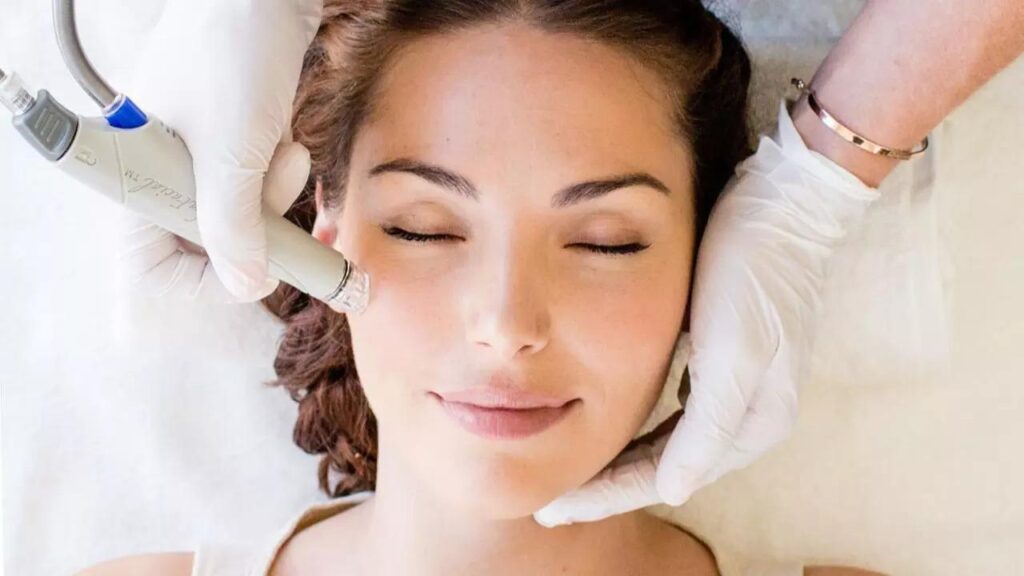
HydraFacial is one of the most popular medifacial treatments today.
HydraFacial uses water-based vortex technology for cleansing, exfoliating, extracting, and hydrating with serums.
It deeply cleans pores, removes impurities, and infuses hydrating and antioxidant-rich serums. This treatment is ideal for dull, dehydrated, and sensitive skin and gives an instant glow.
2. Microdermabrasion
Microdermabrasion gently exfoliates the skin’s surface with crystals or a diamond tip, improving texture and dullness.
It removes dead skin cells, improves blood flow, and enhances product absorption. It is especially beneficial for rough skin, mild pigmentation, and uneven tone.
3. Chemical Peels
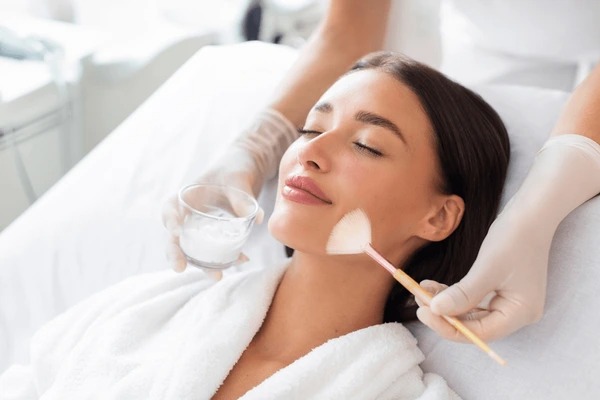
Chemical peels use acids like glycolic or salicylic acid to exfoliate, treat acne, pigmentation, and improve texture.
They stimulate new skin cell turnover, reduce dullness, and improve overall brightness. Peels are selected carefully based on skin sensitivity and concern.
4. LED Light Therapy
LED Light Therapy uses red (anti-aging), blue (acne), or yellow light to target inflammation, collagen, and circulation.
This painless treatment helps calm stressed skin, improves healing, and enhances glow when combined with other medifacials.
5. Laser Facials
Laser facials (e.g., Carbon Laser) target deeper skin layers for pigmentation, sun damage, pores, and tightening.
They help refine pores, reduce tan, improve texture, and stimulate collagen for long-term radiance.
6. Oxygen Facials
Oxygen facials deliver oxygen and serums under pressure for deep hydration and glow.
They are excellent for tired, stressed skin and are often recommended before special occasions.
7. Radiofrequency (RF)
Radiofrequency uses energy to stimulate collagen remodeling for skin tightening.
RF-based medifacials improve firmness, reduce dullness, and restore youthful skin texture.
Types of Medifacials by Skin Concern
Anti-Aging Medifacials
These focus on wrinkles, fine lines, and sagging skin. Treatments like Collagen Induction Therapy, RF, and peptide serums help improve elasticity and skin firmness, giving a healthy glow.
Acne & Oily Skin Medifacials
Designed for deep cleansing and oil control, these include salicylic acid peels, blue LED therapy, and anti-inflammatory ingredients to reduce breakouts and post-acne dullness.
Brightening & Pigmentation Medifacials
These treatments address dark spots, tanning, and uneven skin tone using Vitamin C, Kojic Acid, IPL, and Carbon Laser Peels, restoring clarity and brightness.
Hydrating Medifacials
Perfect for dry and dehydrated skin, these products use Hyaluronic Acid and antioxidant-rich serums to deeply nourish and revive tired-looking skin.
How Medifacials Restore Natural Glow
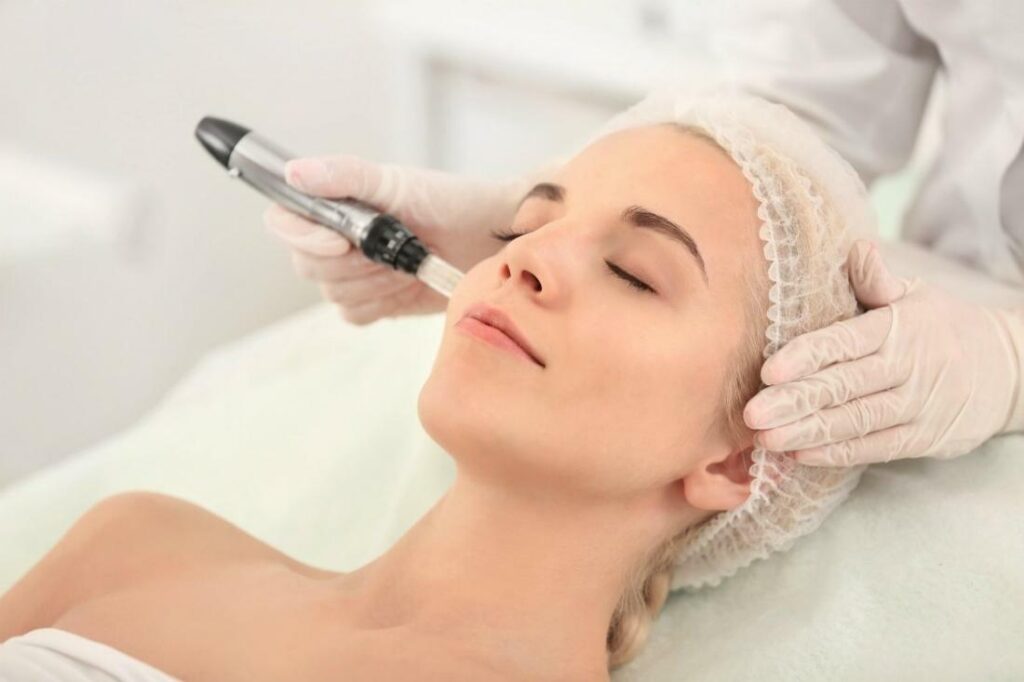
From a dermatologist’s perspective, medifacials restore glow by:
- Removing dead skin and impurities
- Boosting collagen and elastin
- Improving blood circulation
- Enhancing hydration at deeper levels
- Correcting pigmentation and texture
- Strengthening the skin barrier
The result is skin that looks healthier, brighter, smoother, and more youthful.
How Often Should You Get a Medifacial?
The frequency depends on your skin type and concern. Generally:
- Glow & hydration facials: every 3–4 weeks
- Acne or pigmentation treatments: dermatologist-guided sessions
- Anti-aging medifacials: once a month or in planned cycles
At Skintown Clinic, skin specialists near Dadar, every treatment plan is personalized to ensure safety and optimal results.
Final Thoughts from a Dermatologist
If your skin looks dull, tired, or stressed despite regular skincare, medifacial treatments can make a visible difference. They are safe, effective, and scientifically designed to improve skin health from within.
Always consult a qualified dermatologist before choosing any treatment. Under expert care, medifacials not only restore glow but also improve long-term skin quality.
For customized medifacial treatments performed with medical expertise, visit Skintown Clinic, a skin specialist near Dadar, where skin health and natural beauty come first.

